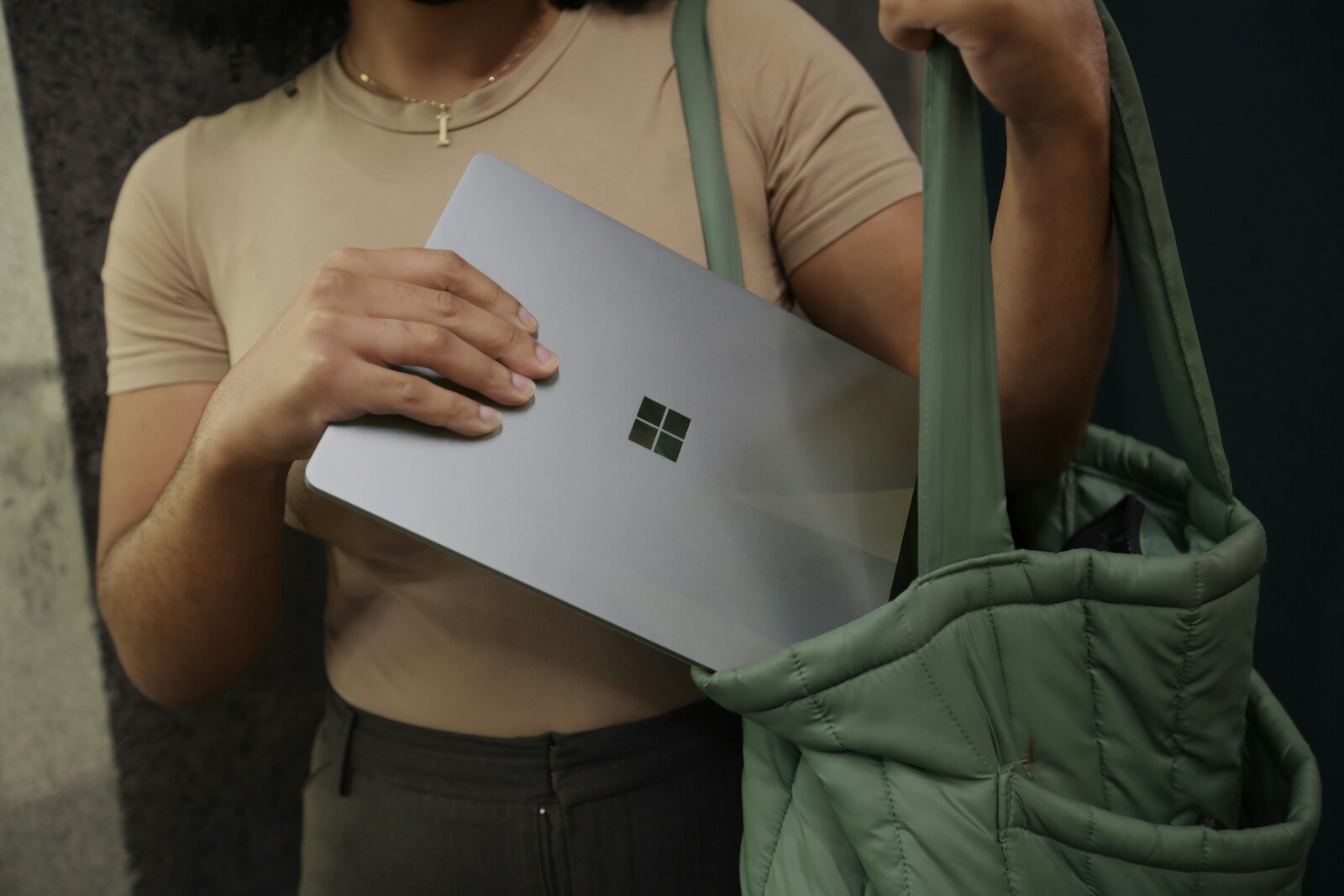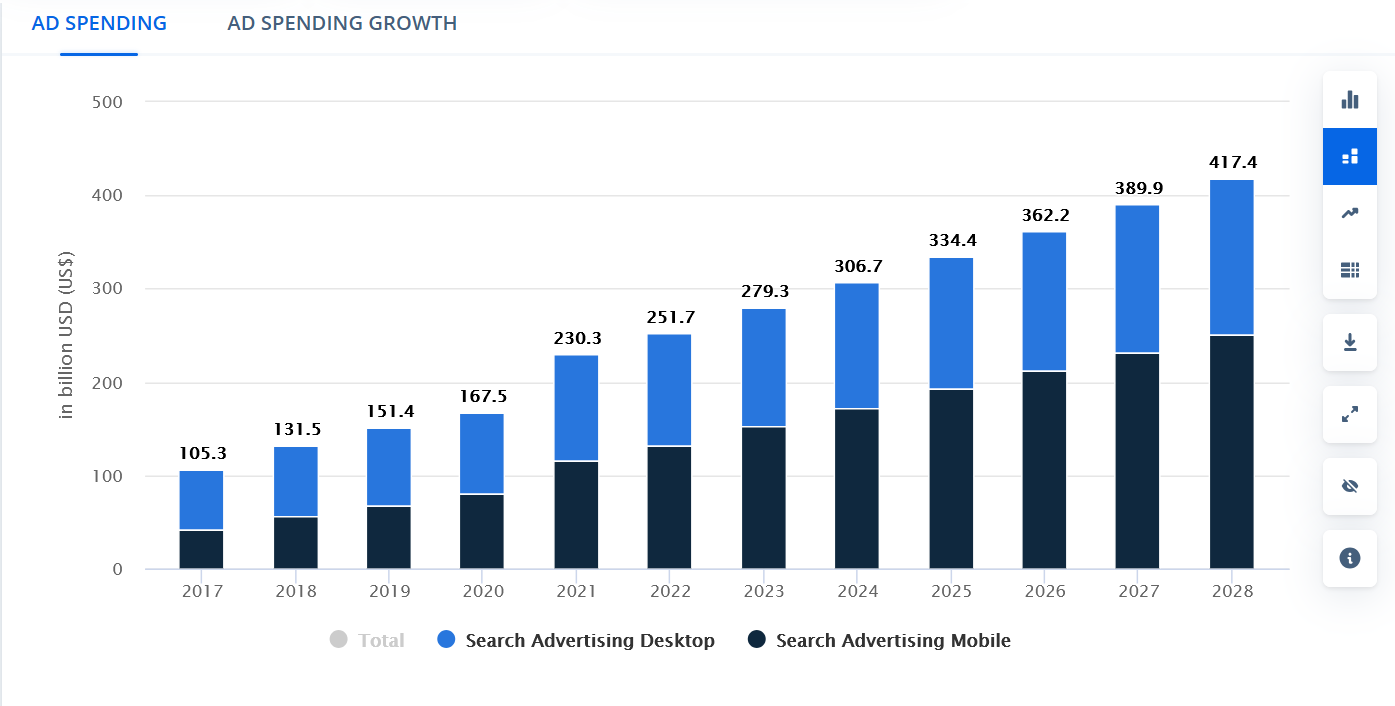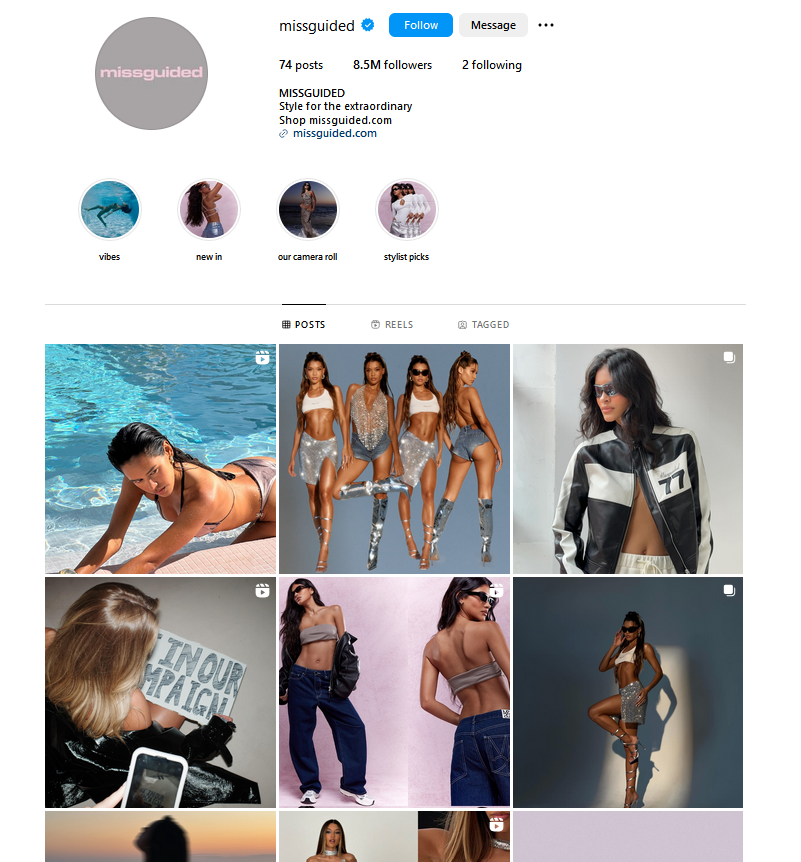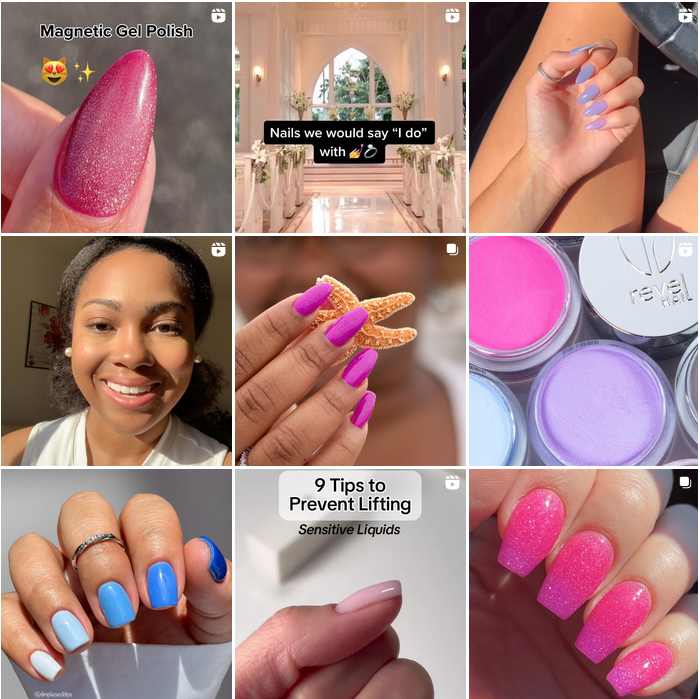Introduction
Nike, Samsung, Google, and Apple are some of the most prominent brands in the world. In addition to having the highest brand values, they command a presence because of their expertise in the industries they belong to. This is what we refer to as brand authority.
However, brand authority is not limited to big companies and famous personalities. It's possible for startups and small businesses, too!

Gucci is an example of a fashion brand authority with its luxurious, Italian-quality designs. Image via Unsplash
What is Brand Authority?
Brand authority is achieved when you become your industry's subject matter expert. It entails gaining an almost unbreakable trust of customers and even other brands. It takes time, consistency, and massive effort to build.
If you're purchasing a professional digital camera for the first time, you will likely buy from industry leaders like Canon or Nikon rather than other cheaper but unknown brands. So, what makes one a brand authority?
The level of perception people have about you defines how authoritative you are. Do they see you as a respectable and trustworthy brand? Your brand's influence within the industry also matters. Coca-Cola, for example, is the gold standard and industry leader in the beverage categories.
Why Build Brand Authority? Advantages for Businesses
Achieving a brand authority badge unlocks many opportunities for you and your business.
Inspires a Community of Loyal Customers
Reputation can go a long way when building a community of loyal customers through brand authority. They are not merely followers but can turn into advocates, promoting your brand through word-of-mouth, social media, and other organic methods to family and friends.
When you have authority, people are more confident in purchasing from you and less likely to doubt whether you can meet their expectations. Eventually, a close-knit network of advocates can be key to increased brand value.
Strengthens Brand Identity
Building brand authority makes it easier for customers to recognize you. Your brand's reputation can set you apart from competitors, solidifying your identity. For example, while many emerging tech businesses exist, only a few are comparable to the industry leader, Microsoft. No wonder millions of companies and individuals remain loyal to the brand. It is recommended to partner with a branding firm to sharpen these elements and reinforce the authority they’re working to build.

Brand authority Microsoft enjoys a 21% market share in the tech industry. Image viaUnsplash
Attracts Ideal Employees and Brand Partners
Brand authorities attract the best talent in the market. It makes sense. Employees prefer to work and learn from industry leaders to build their expertise in the field. Having leading companies on their resumes also boosts their employability!
The same goes for brand partners. Other businesses love to be associated with brand authorities, building their reputation. That said, be mindful of who you collaborate with and identify brands that align with your core values.
Increase in Sales
A business with a strong reputation is more likely to gain customers. Such status leads to brand awareness, a crucial step to increased customer engagement. Eventually, brand authorities enjoy higher sales. Being a brand authority allows companies to focus on other, more critical branding goals.
Nine Tips and Strategies to Build Brand Authority
There needs to be a single formula to build authority for your brand. It's an accumulation of branding and marketing efforts over a long course of time. But fret not, as we have determined nine strategies you can implement to earn brand authority.
1. Get On Top of the Search Results List
Do you exist if your brand is off the first page of a search engine results page? Everyone relies on search engines to look up information. According to statistics released by Safari Digital, 86% of Australians search and contact businesses via Google.
Luckily, there are many ways to get noticed and increase your visibility. Start by calibrating your website and other digital platforms to be SEO-friendly. You can increase the chances of web crawlers finding your page by using keywords, backlinks, meta tags, and alt texts.
Having a mobile-friendly website also improves access to your brand and encourages engagement. Finally, keep your content relevant to your target audience for better visibility.
2. Target Small, Find Your Niche
It can be tempting to attract everyone you can to increase your reach. This move can lead to your downfall unless you sell a commodity.
Instead, niche down and focus on segment audiences that matter most to your brand. Doing so ensures you're investing in potential customers. In effect, you get to allocate your resources and strategize wisely.
3. Utilize Paid Ads Strategically
The digital landscape is saturated. Millions of brands compete for attention, and sometimes, the only way to get a slice of the pie in a shorter period is through paid ads.
But reaching your goals is more challenging than pouring money into an ad. It entails efficient targeting and strategic campaigns to ensure you are getting your money's worth.

Search advertising continues to increase due to its effectiveness in influencing your customers to engage. Image via Statista
While driving up more traffic to your web and engagement is essential, you also want to convert your audience into buyers. The best part is that you can tailor every ad to fit your audience segment and goals. Explore and invest in social media, display, and PPC or pay-per-click ads, among others.
But paid ads are not the be-all and end-all. It works best when coupled with organic branding.
4. Grow Your Brand Organically
While there are many ways to fast-track your growth via paid means, organic branding is undoubtedly powerful.
Through cohesive and high-quality content, like blogs and social media posts, you will likely attract like-minded customers who are genuine about you instead of being persuaded by an ad. Often, they are more than willing to refer your brand to friends and family and are open to giving feedback to help you improve.
Organic branding is a challenging route. It takes longer and more effort to see results. However, when balanced with paid ads, it can lead to sustainable growth.
5. Build a Solid Social Media Presence
A solid and positive social media presence can boost your brand authority score. You will likely win their hearts when people see you have many followers, an on-brand feed that talks to them, and consistent and personalized communication on social media.
But while you may want to be on every platform, choose only the social media that fits your audience and brand. For instance, fashion brands may prefer TikTok and Instagram for their visual-heavy content.

Trendy, UK-based fashion brand Missguided uses Instagram to build social media presence. Image via Instagram
You can also use social media to start conversations that matter to you and your community. Doing so demonstrates that you care beyond profits and are committed to driving positive societal.
6. Partner with Authoritative Brands and Influencers
Partnering with other brand authorities can amplify your reach and connect you with the right audience. Co-create products and services or join events that support adjacent brands to expand your network. Working with brand authorities also likely makes you look trustworthy.
Remember to leverage influencer marketing! Genuine reviews and promotions from influencers who resonate with your audience are more effective in converting them into loyal customers. The younger generation trusts them more than celebrities, who may only mention brands. After all, celebrities are paid to do so.
Remember that choosing brand authority partners and influencers undergo a thorough vetting process. They should align with your brand vision and goals.
7. Leverage Social Proof
Take it further and put actual customers in the spotlight! Who better to ask about your product than those buying from your brand?
Show social proof of how much people trust you by enabling feedback features on your social media, website, and other digital channels. Ask customers to provide honest reviews or client testimonials on how your brand benefitted them.
Another popular strategy is to share UGCs or user-generated content featuring your products and services on social media. You can also go deeper and publish case studies on your website!

Nail polish company Revel Nail shares different manicured looks of their customers on social media. Image via Instagram
8. Admit Limitations and Improve on Them
Being a brand authority doesn't make you infallible. Having the humility to admit your limitations is a sign of the authenticity of your brand. And this can earn you merits from your customers. If you encounter limitations, strive to bring improvements and even seek the expertise of other brand authorities.
9. Form a Team of Highly Engaged Employees
The quality of people in your team can affect how you maintain a strong brand. When employees embody the brand values and culture, the customer experience improves.
Remember that how you treat your employees can also affect your brand authority. According to a study by Gallup, about 70 percent of US employees are disengaged, costing almost $2 trillion in productivity loss.
Initiate employee enrichment programs, like upskilling opportunities, loyalty rewards, and other benefits, as well as events that encourage relationship building among your team. Educate employees about your brand and foster enthusiasm.
Measuring Brand Authority
Can brand authority be measured? Is it quantifiable? Well, the answer is a resounding yes!
There are tools and key components that help gauge your brand authority score. These help put in perspective how customers and other brands view you in the greater scheme of things and give an overview of your brand's performance.
In effect, you get to improve your strategy and optimize results.
Tools and Metrics for Assessing Brand Authority
Share of Voice
The Share of Voice (SoV) pertains to the level of brand awareness within a specific segment. It determines where your efforts are most effective so you can restrategize better.
You can base your measurements on ad impressions, social media mentions, and organic searches. For instance, you can calculate your social media Share of Voice by dividing your number of brand mentions by the total brand mentions for you and your competitors. Multiply the quotient by 100 to get the percentage.
Share of Market
You can measure your market share according to the number of sales you've made compared to your competitors. To calculate your market share, divide your sales by the total industry sales. Multiply the quotient by 100 to get the actual percentage.
For example, if the total industry car sales amount to $300 million and your brand sold $30 million, your market share is 10 percent. This key metric is crucial for learning how your business performed over a certain period. It also gives insights into newly launched products that are doing well in the market if you want to identify growth opportunities.
Moz's Brand Authority Tool
SEO company Moz launched a tool that measures brand authority on a scale of 1-100. It allows users to compare where they stand on the scale side-by-side with its competitors and explore its strength and influence in the market.
The company's website states, "Where Domain Authority measures your ability to rank on search engines, Brand Authority measures your broader influence across marketing channels."
Final Thoughts
Brand Authority vs. Brand Loyalty
Brand authority and brand loyalty are closely correlated. One can even argue that brand loyalty is absent if authority is low. When brands are known for their high-quality customer service and products, people are more likely to trust them. Consequently, customer loyalty fuels brand authority, which helps companies last longer in the industry.
Brand Authority vs. Brand Awareness
Establishing brand authority and awareness is necessary to build trust and meaningful relationships, but they function differently. Awareness is needed to create a positive brand identity, but it doesn't equal trust. With consistent and relevant branding efforts injected into your strategy, you can successfully achieve high brand authority.
We hope you learned a thing or two about the benefits of brand authority. While many companies have a hard time achieving it, it's definitely possible when you have the right partner. Work with our brand design studio, and let us take charge of all your branding needs.
Sep 13, 2024
